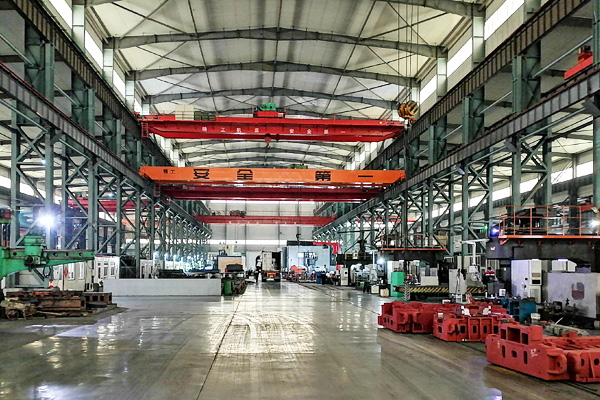Product Details
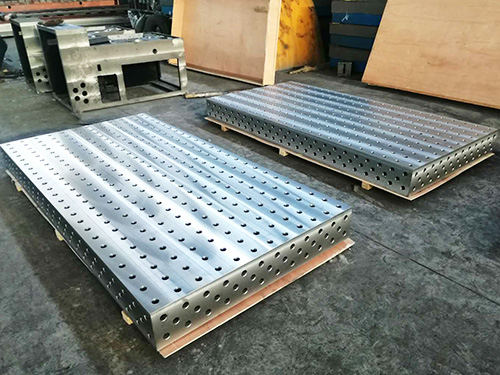






3D Welding Table with T-Slots
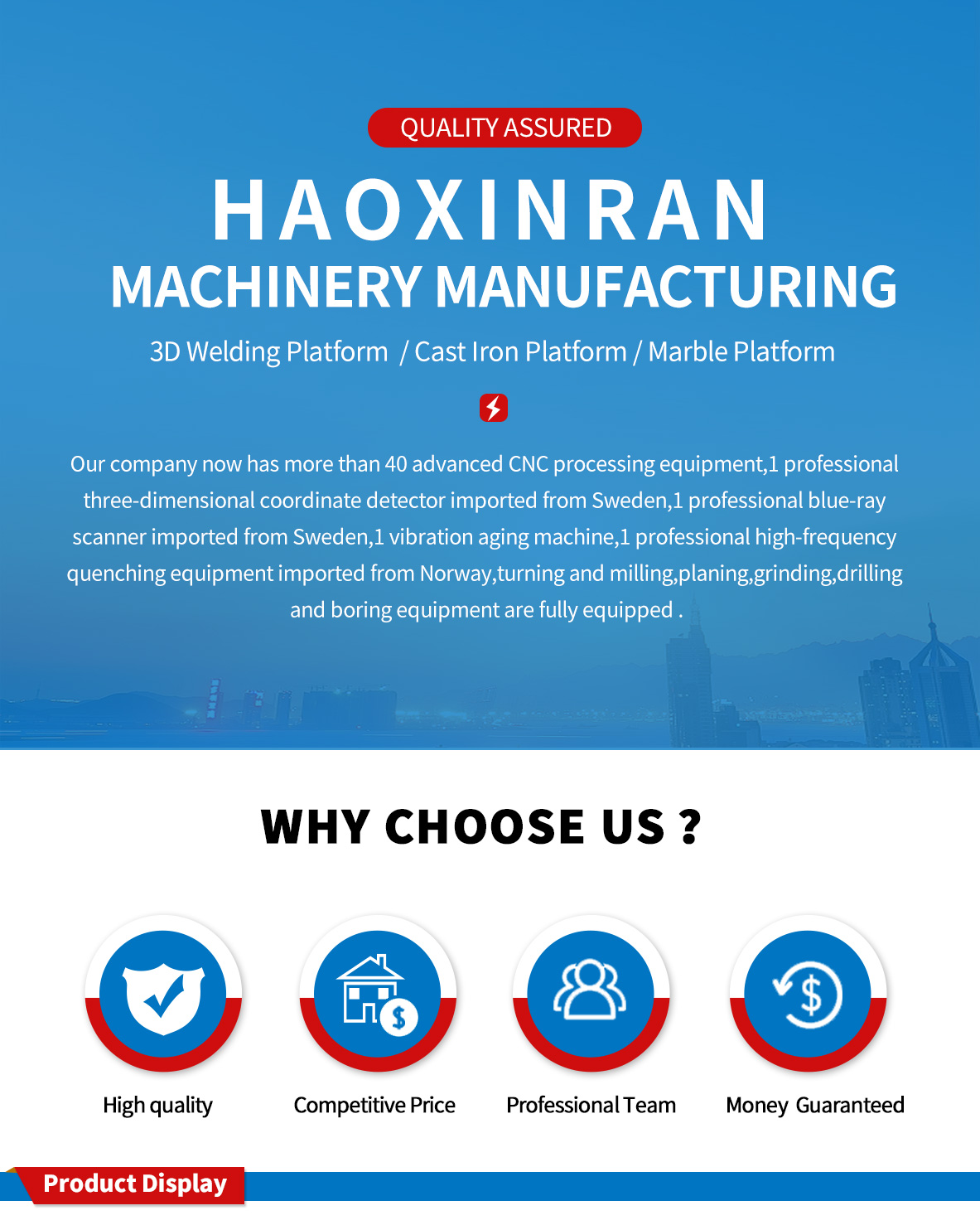
3d_welding_table_with_t-slots Structural characteristics:
T-shaped groove design: The workbench surface is equipped with T-shaped grooves, usually distributed in a criss cross pattern. These T-shaped slots come in various sizes, including 16mm, 24mm, 36mm, etc. They can be adapted to different sizes of bolts, nuts, and fixtures, making it convenient to fix welded workpieces of various shapes and sizes, and can be flexibly adjusted in position according to needs.
Modular design: generally adopts a modular structure, assembled from multiple components such as desktops, brackets, connectors, etc. This design is convenient for transportation, installation, and disassembly, and also allows users to expand or customize according to their actual needs, such as adding accessories with different functions or replacing damaged parts.
Material and Manufacturing Process: Desktop materials are mostly high-strength cast iron, such as HT200 or HT250, which have good wear resistance, compression resistance, and shock absorption, and can withstand high temperatures, impact forces, and pressures during welding. During the manufacturing process, precision machining and heat treatment techniques are used to ensure the flatness and accuracy of the desktop, as well as the stability of the overall structure.
Work advantages
Improving welding accuracy: The T-shaped groove provides an accurate reference for the positioning and clamping of the workpiece, which can effectively limit the displacement and deformation of the workpiece during the welding process, thereby improving welding accuracy and ensuring welding quality. With high-precision fixtures and measuring tools, precise welding of complex shaped workpieces can be achieved.
Enhance work efficiency: It can quickly install and remove fixtures, facilitate the replacement of different welding workpieces, reduce clamping time, and improve work efficiency. At the same time, 3D design allows the workbench to be operated from multiple angles without the need to frequently move the workpiece or adjust the workbench position, further saving time and labor costs.
Adapt to diverse welding tasks: It has strong universality and flexibility, and can meet the needs of various types and scales of welding projects. Whether it is the single piece welding of small components or the mass production of large structural components, it can be achieved through the rational use of T-slots and corresponding fixtures.
application area
Mechanical manufacturing: used for welding and processing various mechanical components, such as engine cylinder blocks, gearbox housings, machine tool beds, etc., to ensure the dimensional accuracy and welding quality of the components and meet the high-performance requirements of mechanical products.
Automobile manufacturing: plays an important role in automobile body welding, chassis welding and other processes, can quickly locate and clamp body components, ensure welding accuracy, and improve the overall structural strength and safety of automobiles.
Steel structure processing: suitable for welding and manufacturing of steel structural components such as steel bridges, building frames, and industrial shelves, facilitating the splicing and welding of various types of steel and plates, ensuring the dimensional accuracy and stability of steel structures.
maintenance
Regular cleaning: After welding is completed, promptly clean up impurities such as welding slag, splashes, and dust on the workbench to prevent them from accumulating in the T-groove and surface, affecting the accuracy and service life of the workbench. Compressed air, brushes, or cleaning agents can be used for cleaning.
Preventing rusting: Workbenches are prone to rusting in humid environments. Therefore, it is necessary to regularly perform anti rust treatment on the surface of the workbench, such as applying anti rust oil, spraying anti rust paint, etc. Meanwhile, avoid prolonged exposure of the workbench to water or corrosive substances.
Inspection and Calibration: Regularly check the flatness of the workbench and the accuracy of the T-groove. If there is any deformation or wear, it should be repaired or calibrated in a timely manner. Measuring tools such as level gauges and micrometers can be used for testing. For workbenches with high precision requirements, regular calibration by professional institutions is also necessary.
| D28 Welding Table Quotation List | |||||||
| specifications ( mm) | leg of a table | weight (kg) | Material model | ||||
| 1000*800*200 | 4 | 240 | 2D D28 SteelSeries |
3D D28 Cast Iron Series |
3D cast ironnitriding series | 3D Steel Series | 3D Steel Nitriding Series |
| 1000*1000*200 | 4 | 280 | |||||
| 1200*800*200 | 4 | 280 | |||||
| 1200*1000*200 | 4 | 330 | |||||
| 1200*1200*200 | 4 | 380 | |||||
| 1500*1000*200 | 4 | 380 | |||||
| 1500*1500*200 | 4 | 600 | |||||
| 2000*1000*200 | 4 | 500 | |||||
| 2000*1500*200 | 4 | 750 | |||||
| 2000*2000*200 | 5 | 1100 | |||||
| 2400*1200*200 | 6 | 750 | |||||
| 2500*1500*200 | 6 | 950 | |||||
| 2500*2000*200 | 8 | 1250 | |||||
| 3000*1000*200 | 6 | 800 | |||||
| 3000*1500*200 | 6 | 1100 | |||||
| 3000*2000*200 | 8 | 1500 | |||||
| 3000*2500*200 | 8 | 2000 | |||||
| 3000*3000*200 | 10 | 2500 | |||||
| 4000*1000*200 | 6 | 1100 | |||||
| 4000*2000*200 | 8 | 2100 | |||||
| 5000*2000*200 | 10 | 2700 | |||||
| 6000*2000*200 | 14 | 3500 | |||||
| D16 Welding Table Quotation List | |||||||
| Material model | |||||||
| specifications ( mm) | leg of a table | weight (kg) | 2D Steel Series | 3D Cast Iron Series | 3D cast ironnitriding series | 3D Steel Series | 3D Steel Nitriding Series |
| 1000*1000*150 | 4 | 200 | |||||
| 1200*1000*150 | 4 | 250 | |||||
| 1500*1000*150 | 4 | 300 | |||||
| 2000*1000*150 | 6 | 400 | |||||
| 2400*1200*150 | 6 | 500 | |||||
| 3000*1500*150 | 6 | 800 | |||||
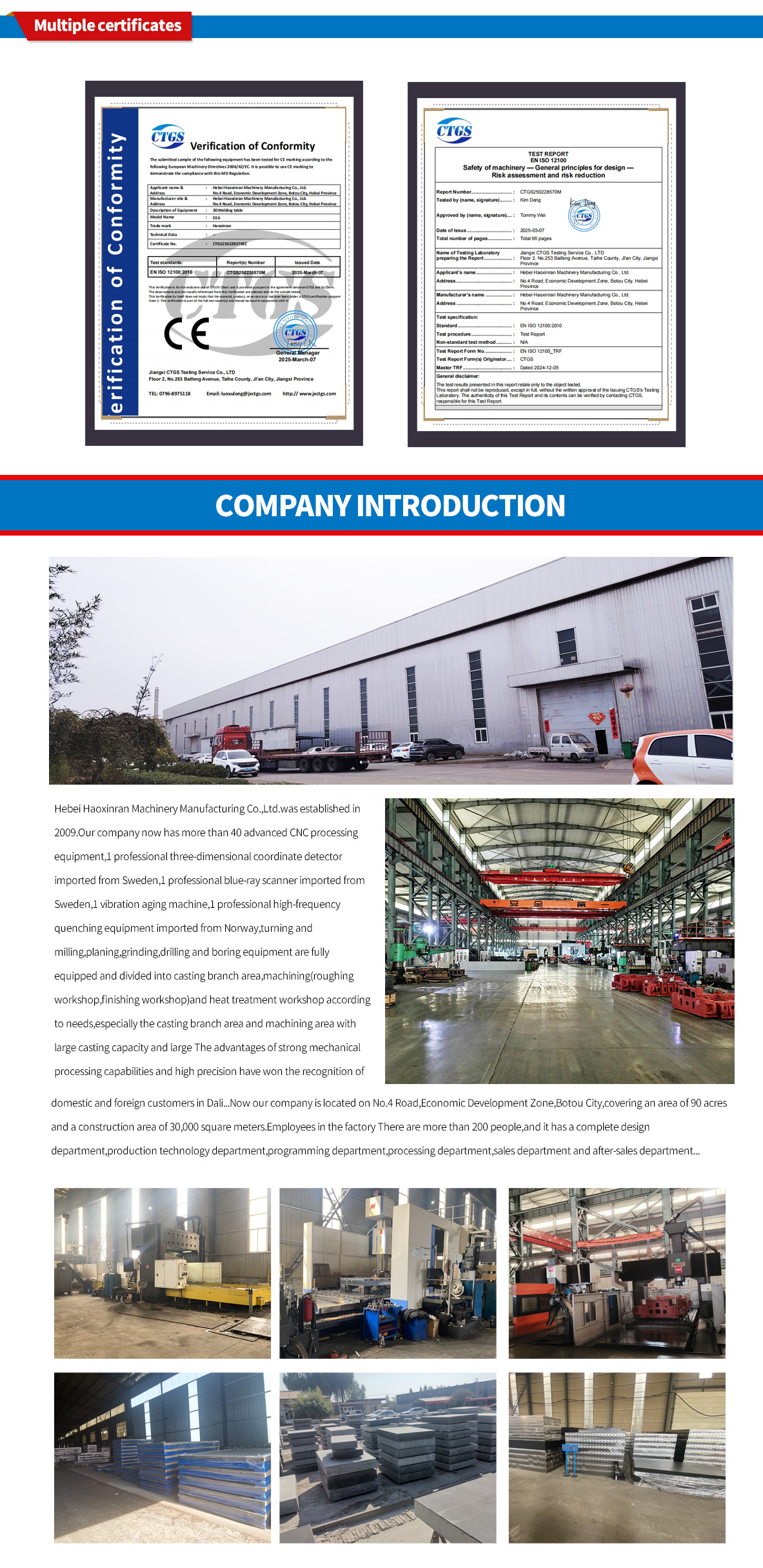
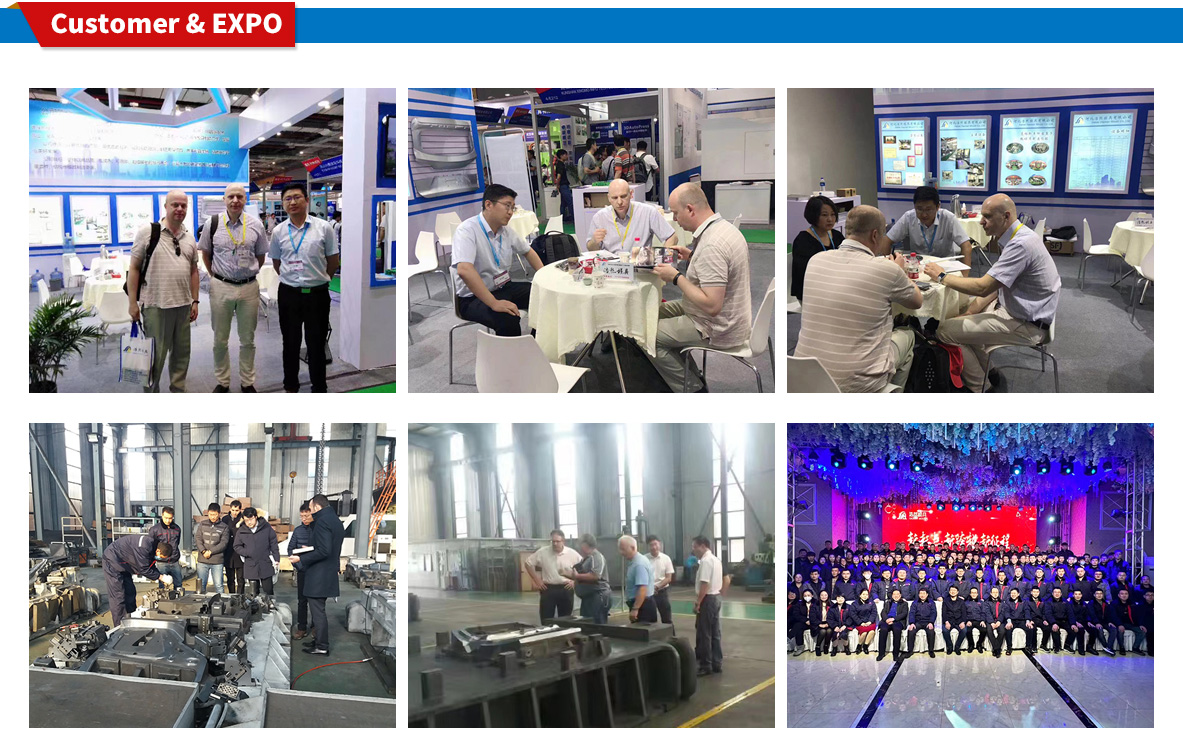
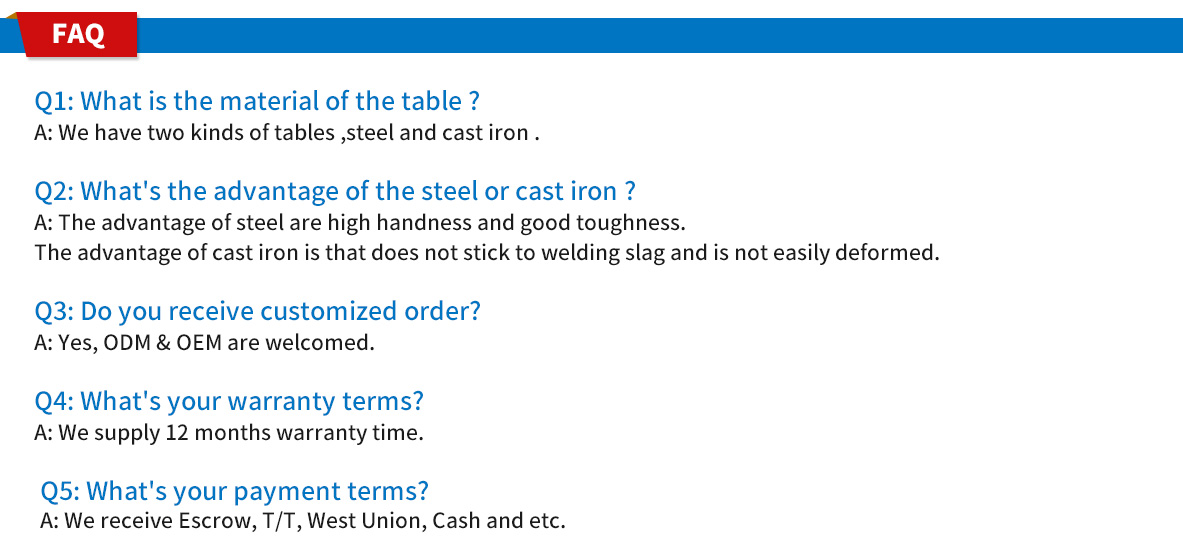
 HOT NEWS
HOT NEWS
-
How to Maintain Granite Platforms in Dusty Environments
2025-11-24 02:03:22
-
Modular Welding Tables: Boosting Accuracy and Efficiency in Fabrication
2025-11-21 12:25:54
-
Comprehensive Guide to Surface Treatment for Cast Iron Platforms
2025-11-18 12:25:34
-
Best Welding Table Options for Small Workshops
2025-11-15 10:33:25
-
Flexible Welding Tooling Solutions from China Manufacturer
2025-11-12 09:40:09
 CONTACT US
CONTACT US
—— E-mail:project@haoranmj.com
—— Whatsapp:+86 18932785670
—— Tel:+86 18932785670
—— Add:Across from Sanjing Distillery on Road 4, Botou Economic Development Zone, Cangzhou City, Hebei Province









